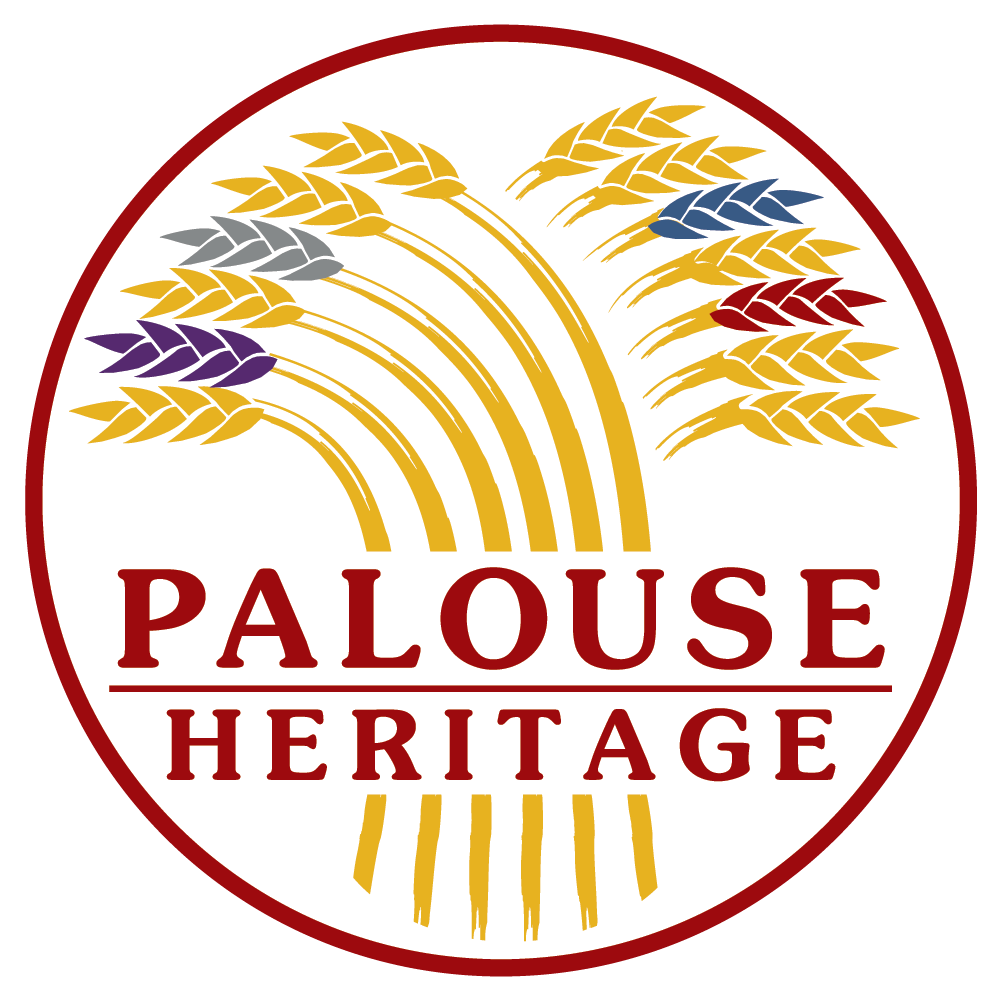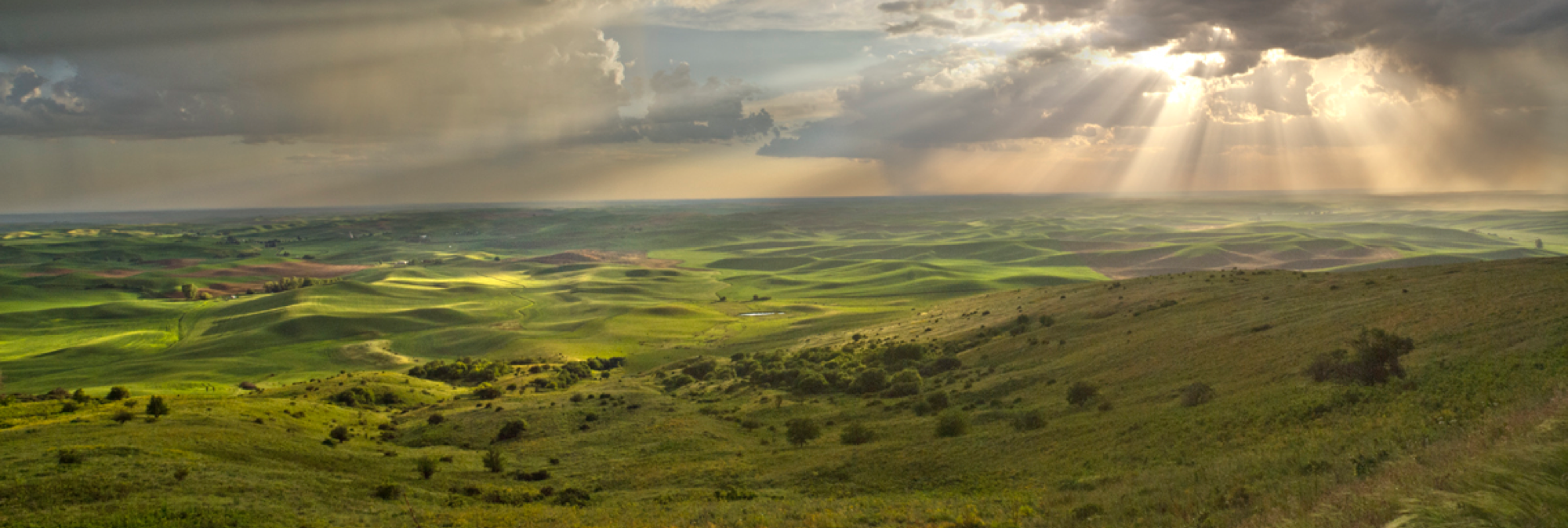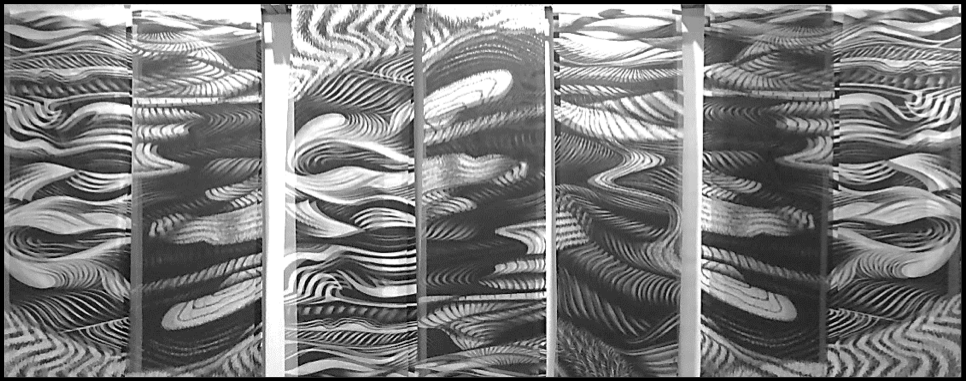British folklorist George Ewart Evans remained sanguine about contemporary small farmer and rural community prospects. But he recognized the possibilities of new cooperative relationships by which growers could pool resources to buy machinery and share storage and marketing facilities. He characterized these arrangements as “a return on a higher level to the structure of the Middle Ages.” The situation was not unprecedented in Evans’s view, as he cited the introduction of the heavy Saxon carruca plow to Britain in early medieval times and the enclosure movement as changes that necessitated innovative cooperative practices. The “break” in appreciation of the old ways of labor, thrift, and economy, Evans wrote in the 1960s, “has chiefly been in the oral tradition: a farm-worker of the old school, a horseman for instance, had latterly no apprentice to take up his lore; and the young—the true bearers of the tradition—have in this respect been receiving a speedily diminishing heritage. It is not so much that they are not interested…; they have now so few points of reference against which to measure it.”
Mutual dependency among neighbors and community members was more than virtue. It was necessity when harvest-time was essential endeavor and ritual for all able-bodied persons including field laborers, cooks, and craftsmen. The rise of mechanization that has reduced exhausting manual labor and technologies to facilitate communication and transportation will not abide nostalgic appeals to preserve the old ways. Evans characterizes such doomed efforts as “misguided romanticism” that is impossible in practical application and ignorant of the abiding dynamics of rural life through the ages. Aspects of social cohesiveness evident in harvest operations of former days have also diminished an isolated parochialism that limits wider multicultural understandings as well as individual opportunity in life. Moreover, a host of political and environmental conditions that threaten the wellbeing of farmers and rural communities cannot be understood apart from participation in global solutions.
Needlepoint Grain and Grapes Altar Kneeler, National Cathedral, Washington, D. C. (2019), Columbia Heritage Collection Photograph
Public awareness of land stewardship takes on special significance in a day when an unprecedented surge of industrial and technological change has led to some 15% of American farms producing nearly 80% of the nation’s food supply. At the same time science writers contribute to a new genre of environmental despair in the wake of global warming and population growth with troubling titles like The End of Plenty, Red Sky at Morning, Countdown, and Death and the Afterlife. (The phenomenon started with publication of The End of Nature in 1989 by mild mannered Methodist Bill McKibben, who now warns in Falter [2019] of significant disruption to world crop production and decrease in grain protein levels due to climate change.) The United Nations reports that world grain yields have flatlined since 2000, and that nearly one billion developing world inhabitants are at risk of chronic malnourishment after decades of decline. Medieval era population peaked at approximately 300 million inhabitants but rose to a billion by about 1800, doubled to two billion in 1927, and reached three billion in 1960. Demographers predict this exponential growth rate will result in ten billion by 2040 and bring attendant challenges for food resources, species diversity, and stewardship of the soil.
Titles and shapes in the surreal agrarian artwork of contemporary Canadian artist Jo-Anne Elniski reflects these concerns. The Last Harvest depicts a fulminating sky in vivid swirls of yellow, purple, and white that rain down upon rows of grain that wave in the same garish colors. Other works by Elniski like Field of Gold and Prairie Harvest appear as flaming fields of abundance that rise to confront brightly lit horizons of pink, orange, and yellow. The depictions are awesome if unsettling. Yet concerns expressed through art and literature also present opportunities for intervention and progressive change.





